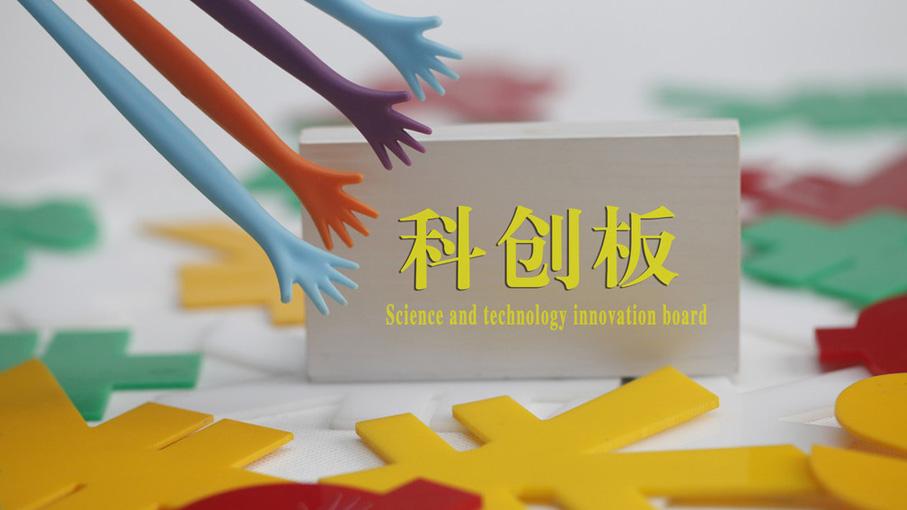The Shanghai Stock Exchange announced the first batch of enterprises to be candidates to list on the Science and Technology Innovation Board (STIB) on March 22. As of May 10, the board has accepted applications from 108 enterprises, 85 of which are under review, and the number of applicants is growing, The Beijing News reported.
A major metric for STIB applicants is how much they invest in R&D. However, proportion of R&D funding is just one indicator of a company’s capability for scientific and technological innovation, Pan Helin, an economic commentator, wrote for The Beijing News.
While a relatively high R&D input tells how much a company values developing new technologies, it does not reveal how strong their ability to innovate is, Pan argued.
Scientific and technological innovation is a reflection of a company’s strengths not only in research, but in transforming results into new products, Pan said. Research does not always translate to development, and increasing R&D investment doesn’t necessarily improve a company’s ability to innovate, Pan argued.
A company's demand for R&D investment also depends on its different stages of growth and the sector it is in, he added.
The Shanghai Stock Exchange evaluates an enterprise’s scientific and technological innovation ability by six metrics: having a core technology, an efficient R&D system, sustainable innovation abilities, potential to make a key technological breakthrough, competitive advantages and ability to translate their achievements into profit.

 Old Version
Old Version